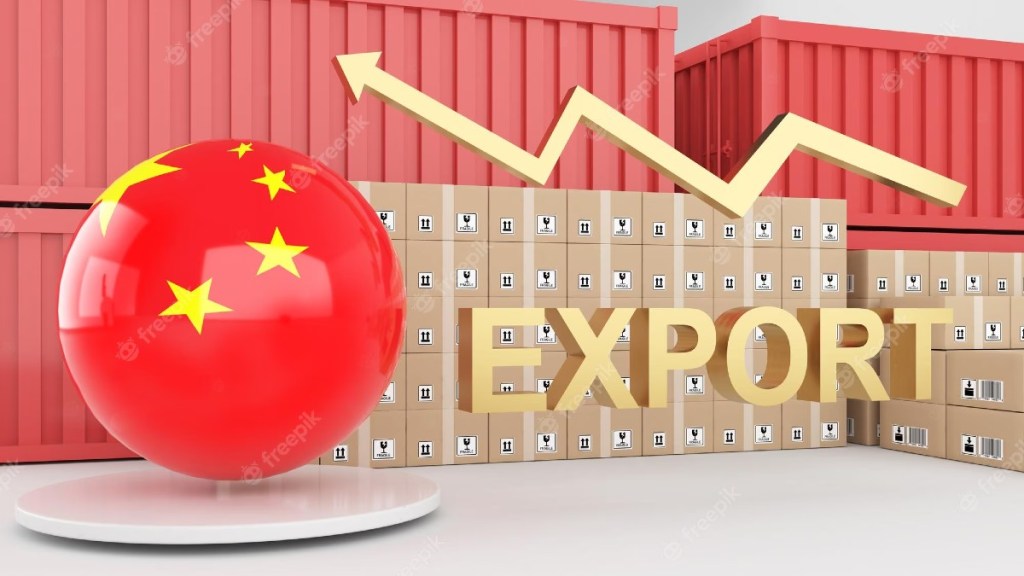China’s new export controls on gallium could have a significant impact on the US defense industry. Gallium is a key component in advanced radar systems, and China is the world’s leading producer and supplier of this material. As a result, the US may face difficulties in obtaining gallium for its defense systems, which could have a negative impact on its military capabilities.
China will begin enforcing export controls on gallium and germanium, as well as several chemical compounds containing these materials, from August 1st, 2023. This was announced on Monday by the Ministry of Commerce and General Administration of Customs of that country.
Exports of certain items will require approval from the Chinese government, according to a notice released by the Ministry of Commerce and General Administration of Customs. The Chinese government’s decision to impose export controls on gallium and germanium is a move to protect its national security and interests.
About Gallium and Germanium
Gallium and germanium are essential materials in the production of semiconductors and other electronic components, according to observers. And are essential materials in the production of semiconductors and other electronic components. Germanium is used in fiber optics and semiconductors, while gallium is used in the manufacture of chipsets for electronic devices such as computer motherboards and portable phones.
Chinese military analysts have warned that the new export controls on gallium could have a significant impact on the US defense industry, which is already facing challenges in obtaining this material. This could give China a strategic advantage in the military competition between the two countries.
Gallium arsenide (GaAs) and gallium nitride (GaN) are the essential materials used in the production of transmit-receive modules for active electronically scanned array (AESA) radars, which are widely used on modern warplanes, warships, and ground installations.
US defense companies Raytheon and Northrop Grumman are reportedly developing new AESA radar systems based on gallium nitride (GaN), which offer superior performance over previous systems that used gallium arsenide (GaAs). The latest radars for the F/A-18E/F carrier-based fighter jet and the F-35 stealth fighter jet also incorporate GaN.
China’s list of export controls includes both gallium arsenide (GaAs) and gallium nitride (GaN) and it is the world’s leading producer of gallium, accounting for about 85% of global reserves. This means that the United States and other Western countries would face significant challenges in avoiding using Chinese gallium without incurring significant costs.
The United States has been increasingly deploying its warplanes and warships near China’s borders, in what experts say are clear attempts to contain China’s development and harm its national security. These deployments include close-in reconnaissance, provocative transits, and exercises, as well as arms sales to Taiwan.
India’s Gallium and Germanium Gap
India is dependent on imports of germanium and gallium as it has limited reserves of these materials, and the country’s production capacity is not sufficient to meet domestic demand. Depending on availability and price India imports about 90 percent of its germanium and 80 percent of its gallium from countries like China, Germany and South Korea.
India’s Potential Sources of Germanium and Gallium
Bauxite ores: Gallium is a trace element in bauxite ores, which are the main source of aluminum. India has significant reserves of bauxite ores, and there is potential to recover gallium from these ores.
Zinc ores: Germanium is a trace element in zinc ores, which are also a major source of zinc. India has significant reserves of zinc ores, and there is potential to recover germanium from these ores.
Coal ash: Gallium is also found in coal ash, which is a byproduct of coal combustion. India is a major producer of coal, and there is potential to recover gallium from coal ash.
However, it is important to note that the recovery of germanium and gallium from these sources is not currently economically viable. This is because the concentration of these materials in the ores is relatively low, and the cost of extracting them is high.
However, with technological advances and increased demand for these materials, it is possible that the recovery of germanium and gallium from these sources could become economically viable in the future.
In addition to these potential sources, India is also exploring the possibility of developing new sources of germanium and gallium. For example, the Indian government is funding research into the development of new technologies for the extraction of these materials from seawater.
If these technologies are successful, India could become a major producer of germanium and gallium in the future.
